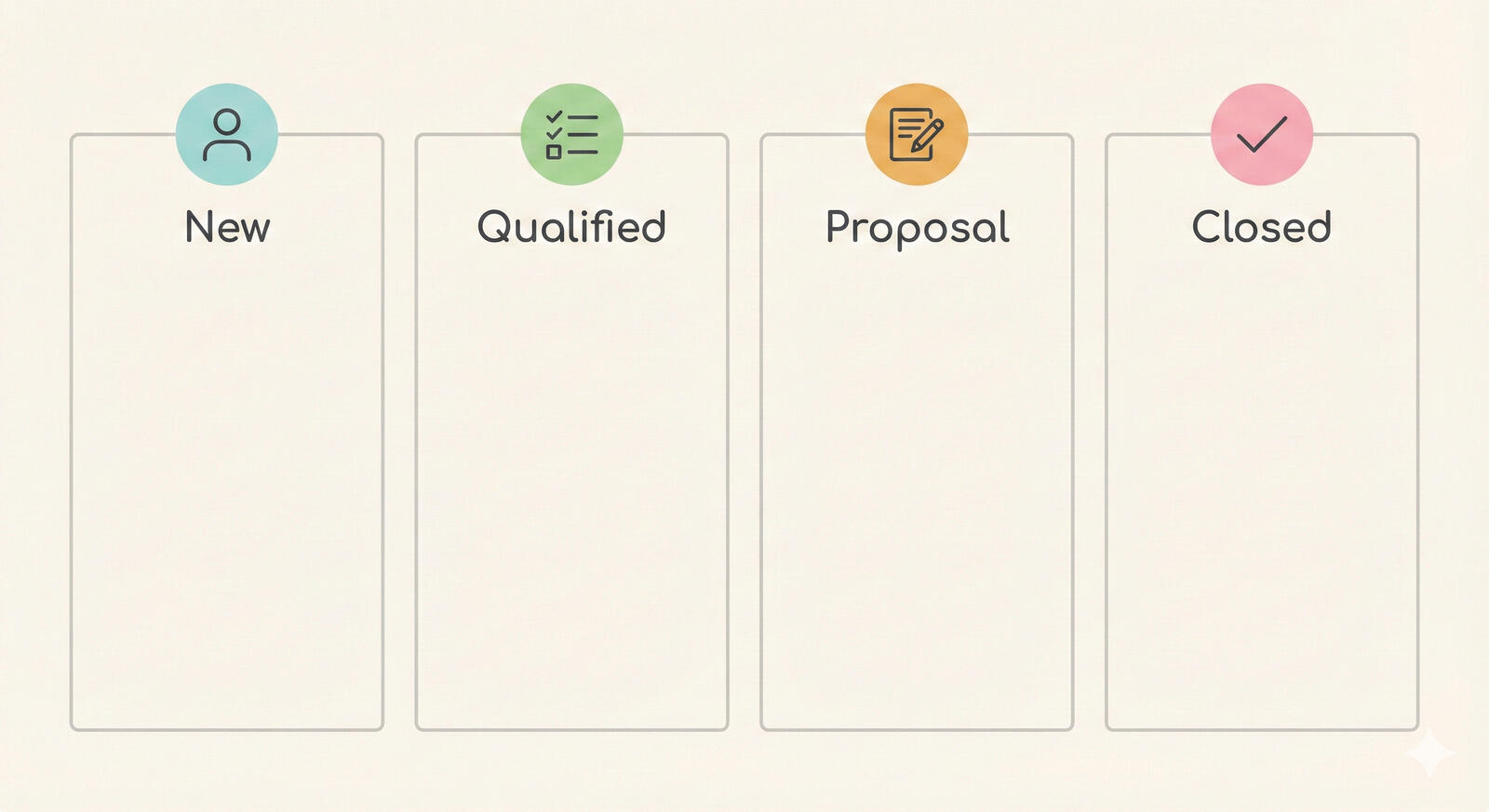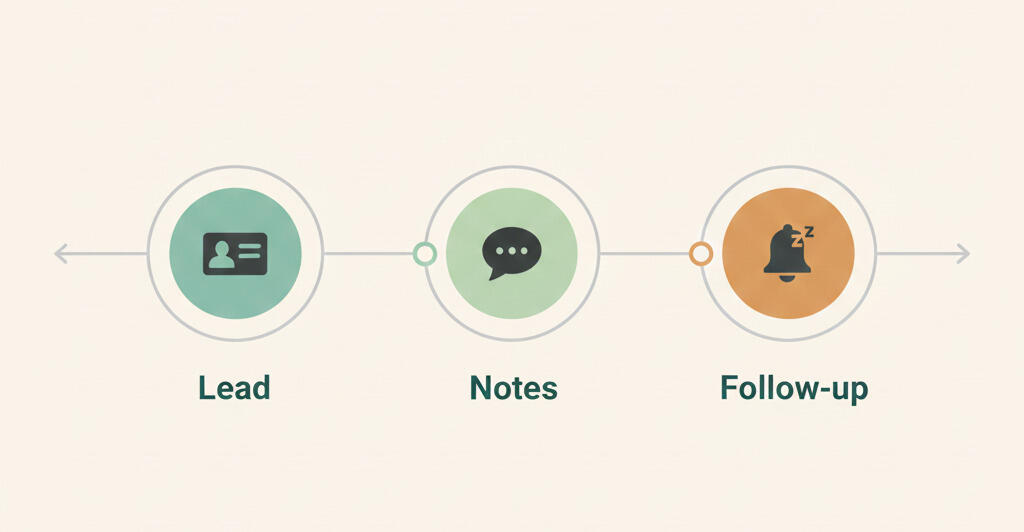How to get more done in less time - eat the frog first
Managing time is an ongoing challenge for professionals in all industries. It can be difficult to navigate through the constant influx of tasks, the pressure to meet deadlines, and the need for efficiency. To address this problem, the "Eat the Frog" technique has emerged as a helpful tool.
This article delves deeper into the intricacies of time management and introduces the transformative power of the "Eat the Frog" technique. It explains what this method is, how it works, and how it promises a streamlined approach for professionals seeking to optimize their productivity.

1. What is eat the frog?
The "Eat the Frog" concept is more than just a catchy phrase—it's a powerful strategy rooted in productivity psychology. As Mark Twain once said, "Eat a live frog first thing in the morning, and nothing worse will happen to you the rest of the day." This approach to task management has since been widely embraced and serves as a reminder that tackling the most challenging tasks first can set the tone for a productive and successful day.
2. How "eat the frog" works
The "Eat the Frog" technique is a popular way to manage tasks like a pro. The idea is to prioritize tasks by identifying the most important and impactful one—often the one that's most challenging, time-consuming, or crucial for the project's success. Focusing on this task allows you to gain clarity and direction.
The "Eat the Frog" technique has many benefits beyond simply completing a task. Here are a few advantages:
- Enhanced productivity by tackling the most challenging tasks first
- Reduced procrastination by addressing daunting tasks promptly
- Improved focus and mental clarity throughout the day
- Increased motivation from early accomplishments
- Streamlined task prioritization for efficient workflow management
- Reduced stress by eliminating the weight of critical tasks
- Enhanced time management through strategic task handling
- Boosted efficiency by aligning with other time management strategies, such as the 80-20 rule
- Cultivation of a proactive mindset for better project outcomes
- Empowerment to take control of tasks and projects for success
Breeze's intuitive task management features can help you prioritize and address your "frogs" efficiently.
3. Steps to Implement the "Eat the Frog" Method
Here are some steps to using the "Eat the Frog" method.
Assessing and listing tasks
Initiating the "Eat the Frog" technique begins with a full assessment and listing of all pending tasks. This step involves gathering an inventory of assignments, projects, or responsibilities on hand. Creating this task list provides a holistic view of the workload so that no critical tasks slip through the cracks.

For example, a project manager may need to oversee several initiatives for a product launch. With their plate full, they can use the "Eat the Frog" technique to make a list of their tasks. Tasks may include finalizing marketing strategies, coordinating with the design team for visuals, completing product quality checks, and organizing the launch event.
By creating this task inventory, the project manager gains a full view of all essential assignments and responsibilities related to the project. This helps them keep organized and helps make sure no task is forgotten during the hectic launch preparations
Determining priority and difficulty levels
Once tasks are listed, the next crucial step involves evaluating their priority and difficulty levels. Assessing tasks based on their importance, urgency, and complexity aids in identifying the "frog"—the task demanding the utmost attention. Assigning priority and difficulty levels allows professionals to streamline their focus toward tasks that align with project objectives.
Tasks that have a significant impact on product visibility and customer engagement, such as finalizing the marketing strategy, should be given high importance. In addition, coordinating with the development team for last-minute adjustments is highly urgent as it directly affects the product's readiness for launch.
Breaking down complex tasks
Dealing with tough tasks may seem scary at first, which can make you feel overwhelmed and less productive. However, with the "Eat the Frog" method, you can make it easier by breaking it down into smaller, manageable steps. For example, suppose you are working on a software project, like building a new app.

Divide the task into specific steps to make them more digestible. Steps could include sketching out the app's features, designing the interface, writing the code, testing it, and planning for launch. You could further break down these steps, too. For example, "designing the interface" could be broken down into creating wireframes, refining user experience elements, selecting color schemes, and creating responsive design across devices.
When you break a project into smaller, actionable steps, you get a clearer picture of what needs to be done. This approach makes it easier to handle each component systematically and understand the complexity of the project. You can focus on one task at a time, such as designing the interface or coding features, so that each task gets the attention it deserves.
Maintaining focus and discipline
To achieve success using the "Eat the Frog" method, you'll need to maintain consistent focus and discipline. This can be achieved by creating a work environment that minimizes distractions and interruptions. This could be as simple as muting notifications on your devices or organizing your workspace and eliminating distractions from it. It is also important to set specific work periods dedicated solely to completing priority tasks. This helps avoid task-switching so that you'll have an uninterrupted workflow.

There are several other techniques that can help to improve productivity and focus in the workplace. For example, you could use time blocking, which involves dividing the day into focused blocks of time, each dedicated to specific tasks, including the critical "frog" task.
You could also practice mindfulness like meditation or deep-breathing exercises. These can help enhance mental clarity and the ability to maintain unwavering focus. These techniques complement the "Eat the Frog" approach by nurturing a balanced and attentive mindset conducive to tackling challenging tasks.
Adjusting the method to individual preferences
Flexibility is key when implementing the "Eat the Frog" technique. Recognizing that different individuals have diverse work styles and preferences, adapting this method to suit individual inclinations fosters better adherence and efficacy.
Some people may work better early in the morning, while others work better during afternoon hours. Some even work better late at night. So, customizing the approach to fit personal peak productivity hours or preferred work methodologies gives a more seamless integration into daily routines.
Tailoring your approach to suit your individual preferences goes beyond just managing your schedule and time. It's about unifying the method with your specific work methodologies. This can involve structuring tasks systematically using checklists, or using visual aids for strategic planning. The ultimate goal is to seamlessly integrate these methods into your routine for a more efficient workflow.
4. Overcoming challenges and pitfalls
Like everything else in life, the "Eat the Frog" method has its challenges and pitfalls.
We've all been there—staring down the barrel of a daunting task, feeling like it's the Everest of our to-do list. Procrastination and task aversion can be a real pain.
To overcome these challenges, professionals can employ various strategies. Breaking down the "frog" task into smaller, more manageable steps alleviates the overwhelming feeling often associated with daunting tasks. Setting specific deadlines or utilizing time batching ensures steady progress, combating the urge to procrastinate. Additionally, cultivating a positive mindset by visualizing the benefits of task completion encourages proactive action.

You'll also need to be prepared to face unexpected changes or interruptions. Incorporating buffer time into schedules accommodates unforeseen interruptions, allowing for task adjustments without compromising productivity.
Allocating buffer time is not the only factor to consider. It is equally important to cultivate an adaptable mindset. Accepting change and unpredictability as natural parts of work enables professionals to pivot quickly when interruptions occur. It is also about resilience– viewing interruptions as opportunities for innovation or reevaluation rather than mere disruptions. This proactive approach not only reduces the impact of interruptions but also creates an environment where unexpected changes can lead to valuable insights or improvements in project execution.
5. Conclusion
The "Eat the Frog" technique has emerged as a game-changer for product management. When you prioritize and conquer the most challenging tasks early in the day, you unlock several benefits. This method helps you become more proactive, feel accomplished, and clear your mind for better focus on your next task.
Managing your time effectively is not just about getting things done, it's also about adopting a mindset that values efficiency, prioritization, and taking proactive steps. The "Eat the Frog" method is a key part of this, highlighting the importance of tackling important tasks as soon as possible. Breeze's goal is to make project management easier by showing how prioritizing tasks and managing projects efficiently go hand in hand. By optimizing your time management strategies, using techniques like "Eat the Frog,", and using Breeze's time management software, you can achieve consistent productivity and successful project outcomes.

So, what are you waiting for? Adopt the "Eat the Frog" method and give Breeze a try today. You'll find out just how life-changing these resources can be in your professional setting.








